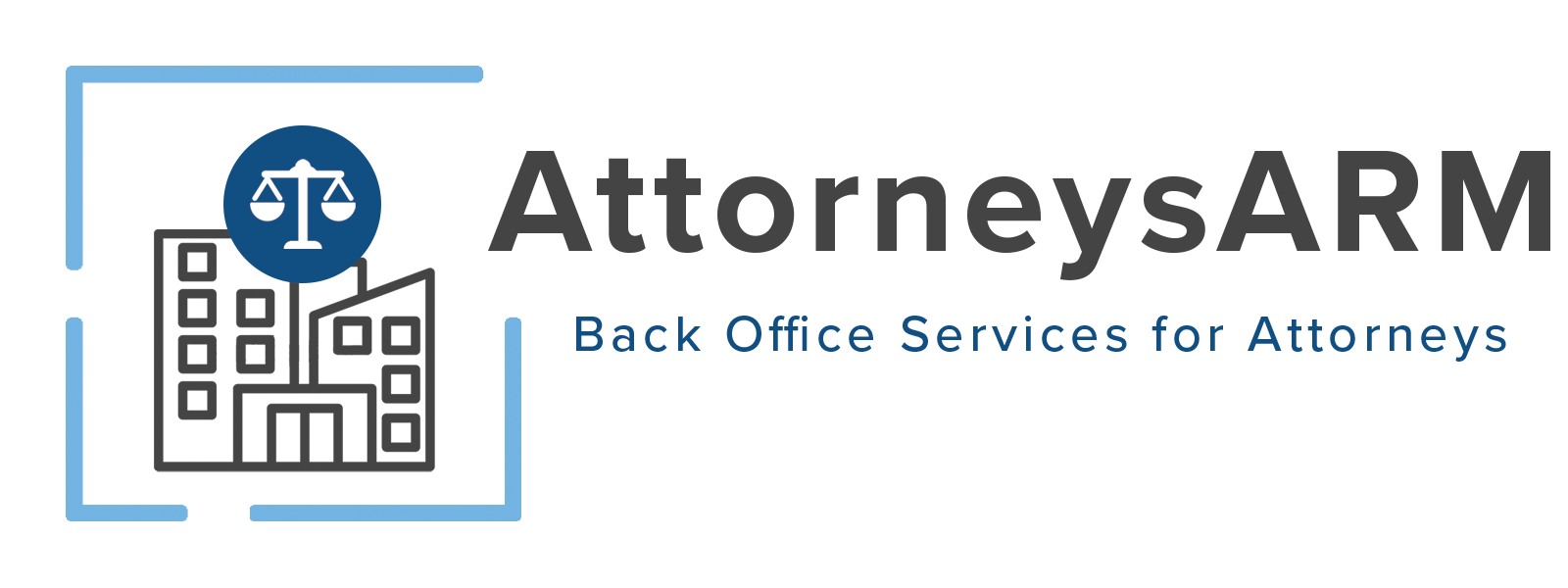Preparing for 2016: AR Processes, Policies, and Staffing
It’s almost the New Year. While many people are making their personal New Year’s resolutions, you’re busy thinking about you can best prepare your business for 2016. So, you’ve decided to start by looking at your AR processes, policies, and staffing. Here’s what you need to know to get your New Year off to a great start!
Accounts Receivable Processes
Your accounts receivable processes and procedures is the backbone of your profitability. It includes a lot of essential components. It needs to include how you will handle cash sales where the client pays you in full, credit sales where your client is making a monthly payment, your credit policies, your billing methods, what program you will use to manage your accounts receivable, when invoices will be sent out, how payments are processed, and how you will handle delinquent accounts. Of course, that’s just the tip of the iceberg. Your business may have special needs. For instance, if you’re an attorney, you may have charges to bill for, such as travel or long distance calls, that other businesses don’t have.
Write out your answers to the following questions (because you can use those answers in the next section):
- How will I handle cash that is paid in full? Write out the step-by-step answer including writing out the receipt, where you will document the payment received, and the steps you will take to deposit it into your account. For instance, do you go to the bank once a day or once a week?
- How will I handle credit based sales? Write out the step-by-step answer including how monthly payments are processed and when those payments will be considered late. If payments are late, you must also determine if you’re going to apply a late fee. If so, you need to document that, too.
- How do you determine your credit lines? Write out your guidelines for establishing credit. Read this article on Entrepreneur.com to learn more about business credit.
- What billing methods will you use? There’s more than one option. You could use paper bills. You could use electronic billing.
- What program will you use to manage your AR? There are a lot of choices out there. You have to find the one that is best for you. Most are very easy to learn and can manage everything related to this area of your business.
- When will you send invoices to your clients? It’s important to bill your clients at the same time each month so that they know when they can expect their bill.
- What payment methods will you accept?
- When will you determine that an account is delinquent and how will you handle it? Write out the entire process. It could begin with a reminder invoice and end with placing an account in collections.
- What special accounts receivable processes need to be put in place for your specific business?
Your Accounts Receivable Policies
Now that you’ve spent some time answering those questions (hopefully either written out by hand or typed up), you’re ready to set up your accounts receivable policies manual. This manual serves three purposes. It ensures that all clients are treated the same. It is a set of written instructions for you or your employees to follow. It leaves no question on how day-to-day accounts receivable operations are performed. This is why it is important that the answers to your questions in the former section are detailed from start to finish.
You may or may not have covered everything in your answers, and that’s okay. Just keep in mind that as you come across new situations that aren’t already covered in your AR policies that you ensure that it gets added. Once it is added, which should be done soon after discovering an issue needs to be addressed, you should reprint your manual and make sure that everyone who is involved in AR has an updated copy. Make sure that you let them know that you’re giving them a manual that is updated. Collect the old manuals and dispose of them so that there will be no accidentally using the old policies.
Review your answers and set up your accounts receivable policy accordingly. You may want a section that details how all cash clients are handled, a section for monthly payments, a section for the credit policies, how to use your AR software, how and when invoices are generated, when invoices are mailed, how payments can be processed, the process of handling delinquent accounts, and anything extra that you need to track for your business.
That’s a lot to consider and take in! If you need help completing your accounts receivable policies, let us know. We would be glad to help you. Clients A.R.M. has more than 30 years of accounts receivable management that you can use to your benefit.
Accounts Receivable Staffing
You have three choices for staffing your accounts receivable team. You can hire an employee (check out this great article on Forbes for tips on how to hire the right employee for your business). You can choose to take on the task of managing your accounts receivable. You can outsource your AR to a trusted expert.
Each option has pros and cons. Hiring an employee is great, but you need capital for the expenses that you will incur. You may also have to learn about any relevant laws, such as FMLA, that may affect your business. Taking on your own AR can save you money. The main downside is that you’ll lose time where you could have been growing your business and bringing on new clients. Outsourcing can be affordable and get you the help with your accounts receivable management that you need. The main drawback for most companies is to make sure that you partner with the right company. Clients A.R.M. provides accounts receivable management with old fashioned customer service principles. We put the needs of our clients first. Click here to book a virtual appointment to learn how Clients A.R.M. can help your accounts receivable from beginning to end!




